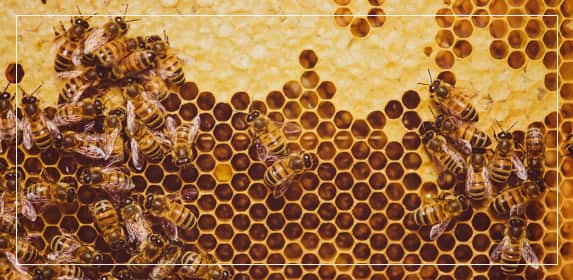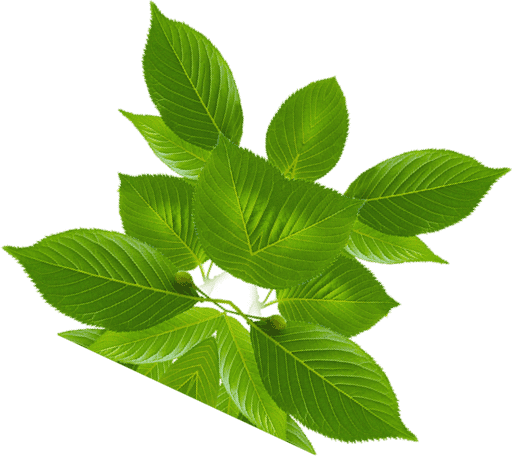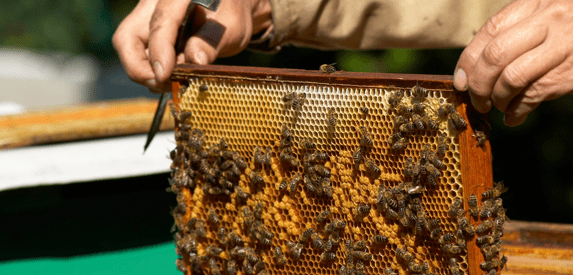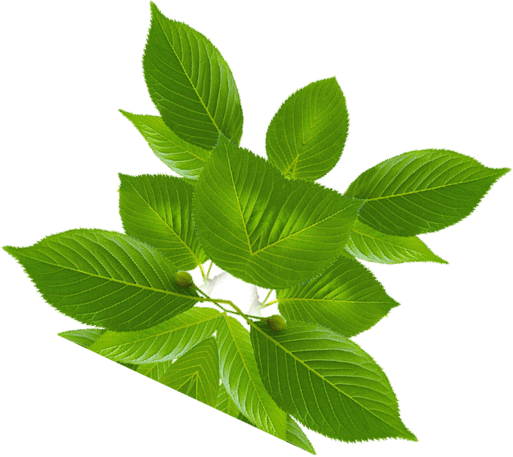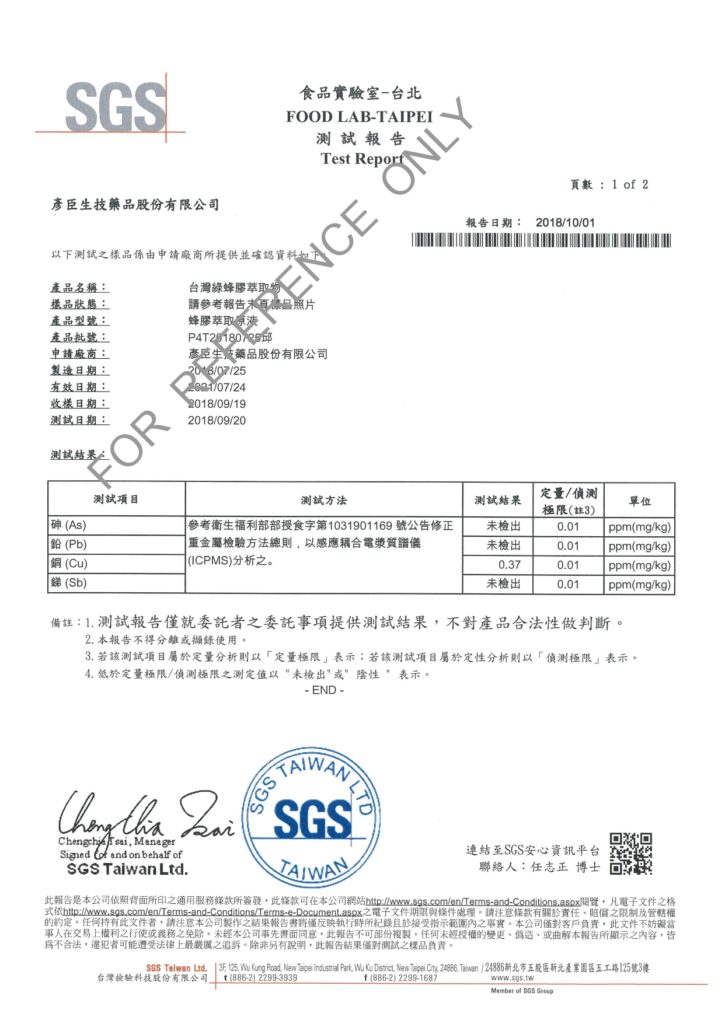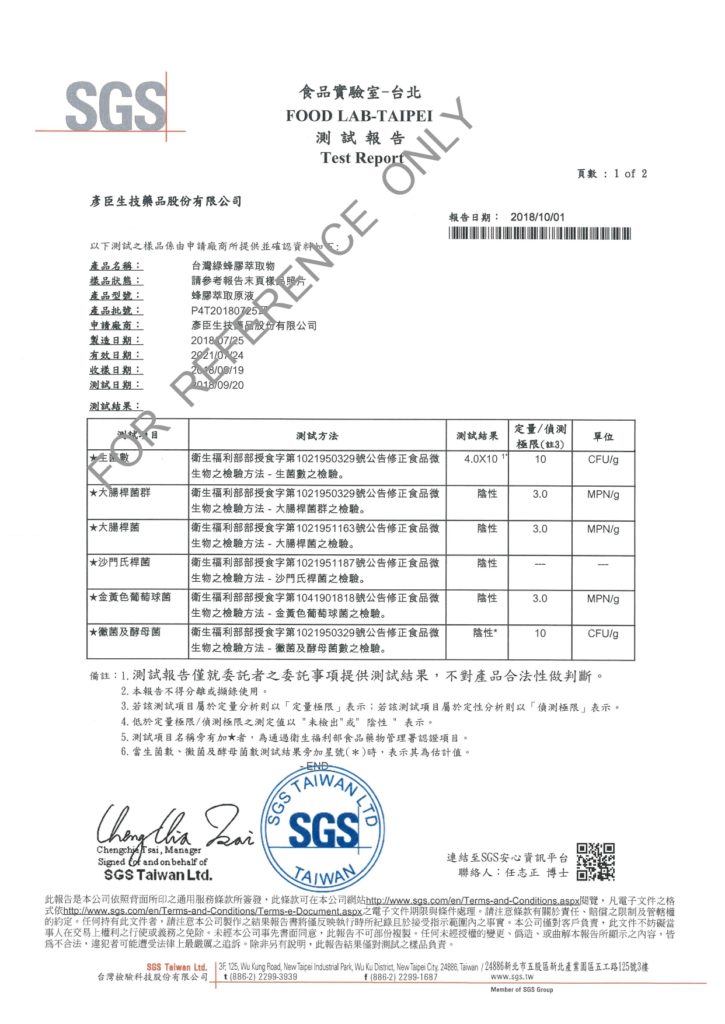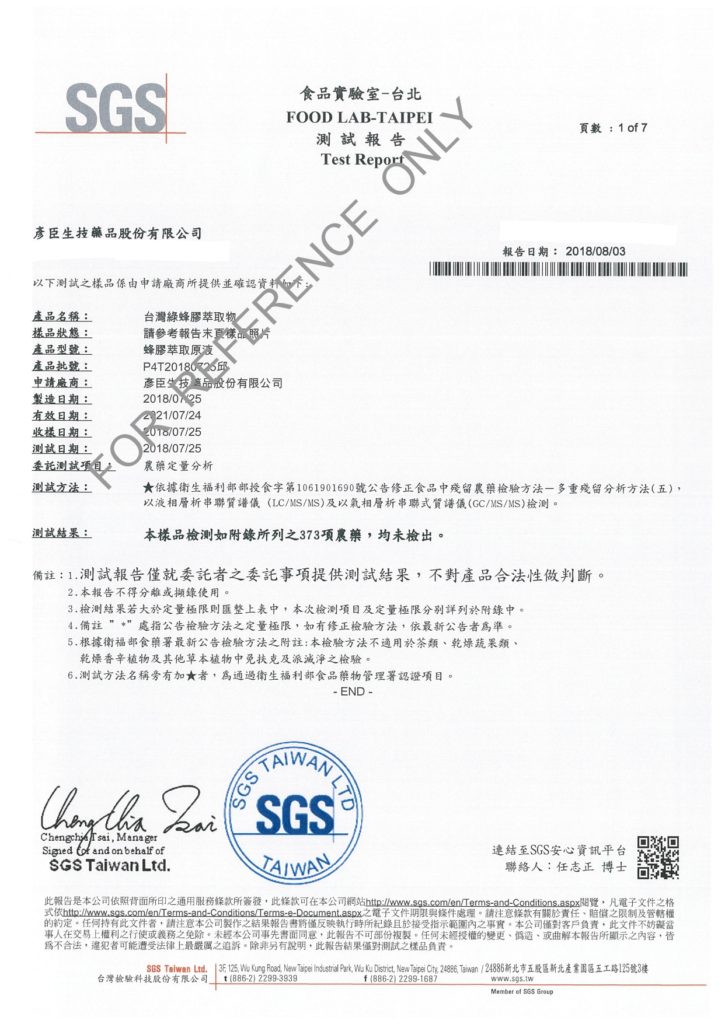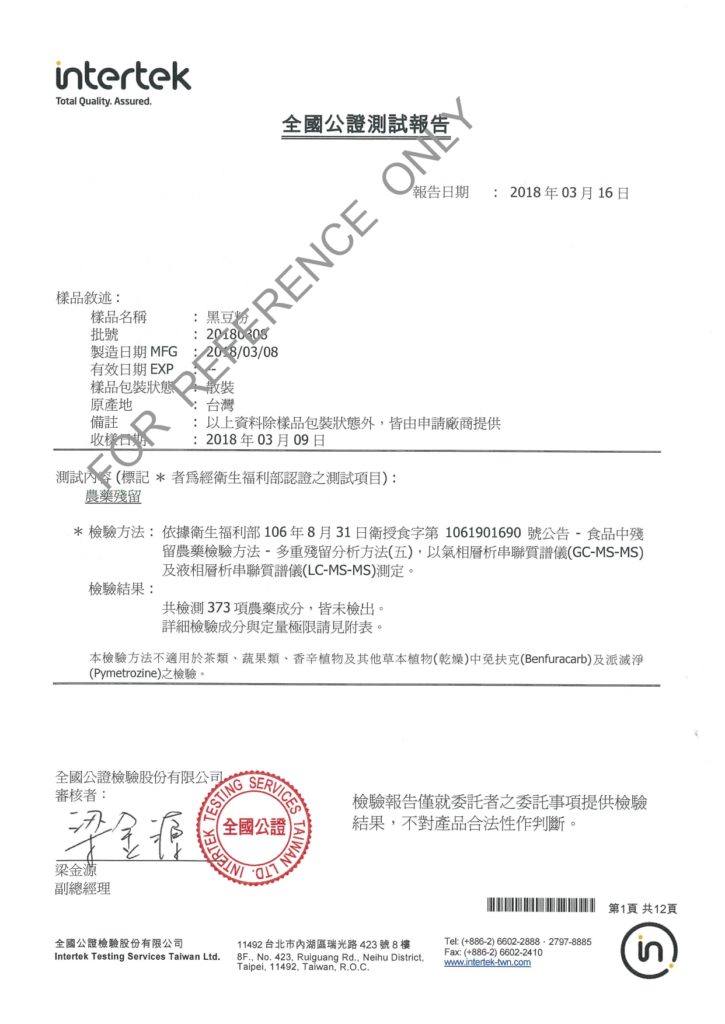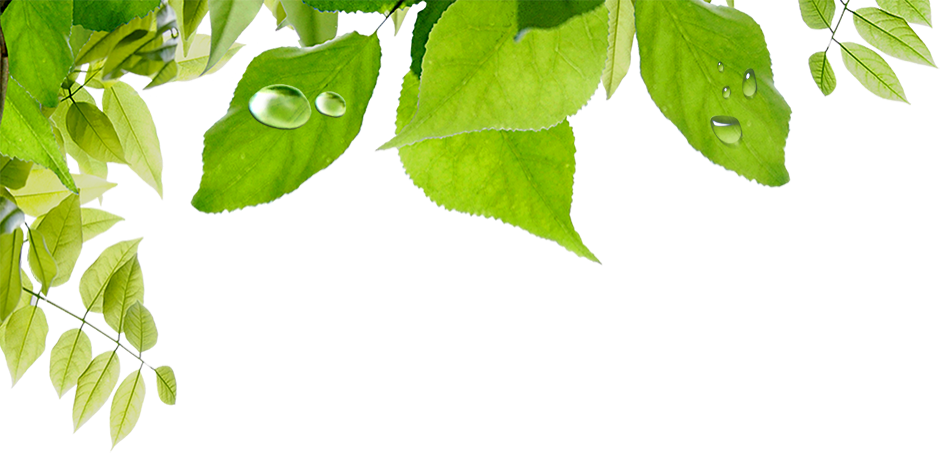
Unique Taiwanese Propolis
The propolis produced in Taiwan is less known to people, but it has its unique characteristics of having neurotrophic activities. Except a few islands in Pacific Ocean, no other place in the world has the same active ingredients as Taiwanese propolis. According to Academician Professor Jen-kun Lin, a scholar who studied propolis in Taiwan, these ingredients named propolins can inhibit the growth of a number of cancer cell lines. Both Dr. Chia-nan Chen, a former R&D Director of NBM, and Dr. Yu-wen Chen of Yilan University, indicated that the antimicrobial ability of Taiwanese propolis is several times that of propolis in other regions. They also proposed a method of grading the quality of Taiwanese propolis by its antioxidant power.
According to the table, green propolis TW-I has the highest total phenolic contents and therefore the best quality. The extensive researches by NBM’s Research team found that Taiwanese green propolis not only has outstanding antioxidant and antibacterial properties, but also neurotrophic activities (Please see the following session) due to specific prenylflavanones contained. These neurotrophic factors can be obtained in high amount by a proprietary extraction technology of NBM.
| Propolis Source | Color | Antioxidant Power | Amount of Propolins | Strict Production Control |
|---|---|---|---|---|
| TW-I | Green | High | Highest | With NBM unique extraction technology |
| TW-II | Brownish green | Medium Low | Less | Not used by NBM |
| TW-III | Dark brown | Low | Less | Not used by NBM |
Taiwanese Propolis Quality Grade Table



